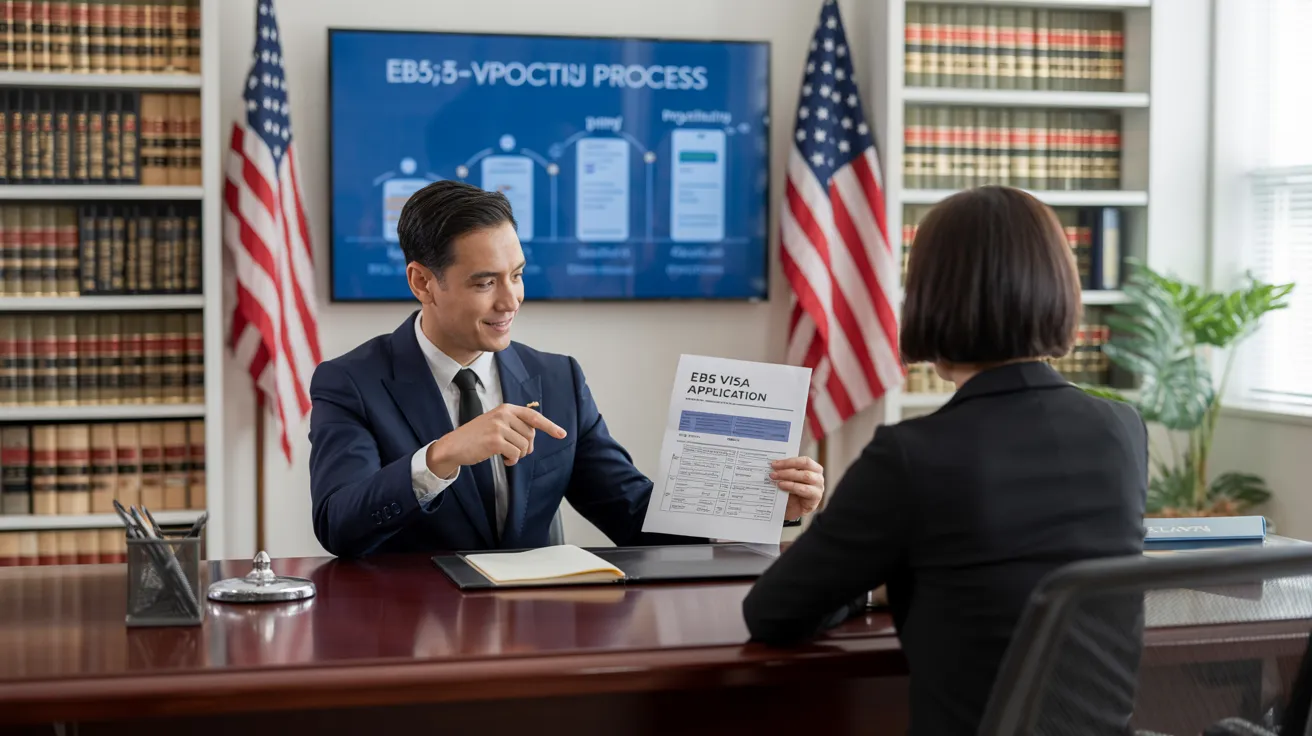The smart Trick of L1 Visa That Nobody is Discussing
Table of ContentsGet This Report on L1 VisaSome Known Questions About L1 Visa.Not known Incorrect Statements About L1 Visa How L1 Visa can Save You Time, Stress, and Money.The Best Strategy To Use For L1 VisaIndicators on L1 Visa You Should Know
Offered from ProQuest Dissertations & Theses Global; Social Scientific Research Costs Collection. (2074816399). (PDF). Congress. (PDF). DHS Office of the Examiner General. (PDF). (PDF). "Nonimmigrant Visa Stats". Fetched 2023-03-26. Department of Homeland Safety Office of the Examiner General, "Testimonial of Susceptabilities and Potential Misuses of the L-1 Visa Program," "A Mainframe-Size Visa Loophole".
United State Department of State. Obtained 22 August 2016. "Employees paid $1.21 an hour to mount Fremont tech firm's computer systems". The Mercury Information. 2014-10-22. Retrieved 2023-02-08. Costa, Daniel (November 11, 2014). "Obscure short-lived visas for foreign technology workers depress wages". The Hillside. Tamen, Joan Fleischer (August 10, 2013). "Visa Holders Replace Workers".
An Unbiased View of L1 Visa
In order to be qualified for the L-1 visa, the international company abroad where the Beneficiary was used and the U.S. business have to have a qualifying connection at the time of the transfer. The different types of qualifying partnerships are: 1.
Instance 1: Firm A is integrated in France and employs the Beneficiary. Business B is integrated in the united state and wishes to seek the Recipient. Firm A has 100% of the shares of Firm B.Company A is the Parent and Company B is a subsidiary. There is a qualifying relationship between the 2 business and Company B should be able to sponsor the Beneficiary.
Instance 2: Company A is incorporated in the united state and wants to request the Beneficiary. Firm B is incorporated in Indonesia and utilizes the Recipient. Firm A has 40% of Firm B. The continuing to be 60% is owned and regulated by Company C, which has no relation to Firm A.Since Firm A and B do not have a parent-subsidiary connection, Business A can not fund the Recipient for L-1.
Business A possesses 40% of Firm B. The remaining 60% is had by Firm C, which has no connection to Firm A. Nevertheless, Firm A, by official agreement, controls and full manages Company B.Since Company A possesses much less than 50% of Company B yet handles and regulates the business, there is a certifying parent-subsidiary connection and Company A can fund the Beneficiary for L-1.
Fascination About L1 Visa
Affiliate: An affiliate is 1 of 2 subsidiaries thar are both had and managed by the very same parent or individual, or owned and regulated by the same group of people, in basically the very same proportions. a. Instance 1: Firm A is incorporated in Ghana and uses the Recipient. Company B is integrated in the U.S.
Firm C, likewise included in Ghana, owns 100% of Company A and 100% of Business B.Therefore, Company A and Firm B are "associates" or sister companies and a certifying connection exists between the 2 companies. Business B should be able to sponsor the Recipient. b. Instance 2: Firm A is click here integrated in the united state
Business A is 60% possessed by Mrs. Smith, 20% owned by Mr. Doe, and 20% possessed by Ms. Brown. Company B is integrated in Colombia and currently utilizes the Recipient. Business B is 65% owned by Mrs. Smith, 15% possessed by Mr. Doe, and 20% had by Ms. Brown. Company A and Business B are affiliates and have a certifying relationship in two various means: Mrs.
The L-1 visa is an employment-based visa group developed by Congress in 1970, permitting international business to transfer their supervisors, execs, or crucial personnel to their U.S. procedures. It is generally referred to as the intracompany transferee visa.

Furthermore, the recipient must have worked in a supervisory, exec, or specialized staff member placement for one year within the three years coming before the L-1A application in the international company. For brand-new office applications, foreign employment must have been in a supervisory or executive capacity if the recipient is pertaining to the USA to function as a supervisor or executive.
Facts About L1 Visa Revealed

If approved for an U.S. business functional for more than one year, the first L-1B visa is for approximately 3 years and can be prolonged for an added two years (L1 Visa). Conversely, if the united state company is newly established or has been functional for much less than one year, the preliminary L-1B visa is provided for one year, with extensions learn more readily available in two-year increments
The L-1 visa is an employment-based visa classification developed by Congress in 1970, permitting multinational business to move their managers, L1 Visa guide execs, or key workers to their U.S. procedures. It is commonly described as the intracompany transferee visa. There are 2 main types of L-1 visas: L-1A and L-1B. These types appropriate for employees worked with in different positions within a firm.
What Does L1 Visa Do?
In addition, the beneficiary has to have operated in a supervisory, exec, or specialized staff member setting for one year within the 3 years preceding the L-1A application in the international company. For brand-new office applications, international employment should have remained in a supervisory or executive ability if the beneficiary is coming to the United States to function as a supervisor or exec.
for approximately seven years to manage the procedures of the united state associate as an exec or supervisor. If released for an U.S. firm that has been functional for greater than one year, the L-1A visa is initially given for as much as 3 years and can be extended in two-year increments.
If granted for an U.S. firm operational for greater than one year, the preliminary L-1B visa is for up to 3 years and can be prolonged for an extra two years. Alternatively, if the U.S. firm is recently developed or has actually been functional for less than one year, the preliminary L-1B visa is provided for one year, with expansions offered in two-year increments.